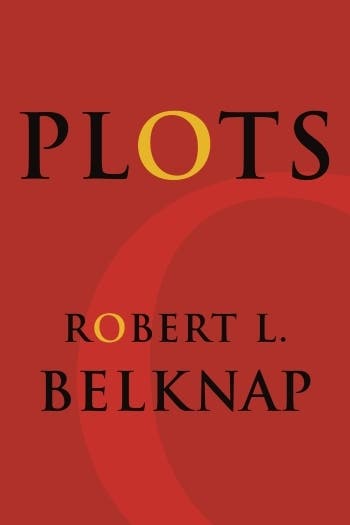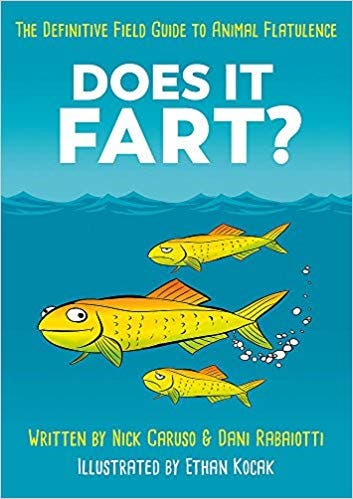“Plots”
By Robert L. Belknap
Columbia University Press, 196pp | Buy on Amazon
For those of us who enjoy reading, our energy is spent mostly on the content of the book, and not its structure. We follow the plot, we follow the action, but what makes a good plot, after all? Why do we celebrate Shakespeare as the playwright extraordinaire, and not any other of his talented peers? What makes Dostoievski’s work rise above so many others? Robert Belknap doesn’t directly ask that, but he dissects storytelling and literary plots in ways I never thought possible. Plots is definitely not an easy read — it was likely never meant to be — but if you want to get your hands dirty and look at the very core of what makes a story, this is it.
I’d say the bare minimum “backpack” you need for Plots is Shakespeare’s King Lear and Dostoyevsky’s Crime and Punishment. Belknap makes numerous references to the two masterpieces, though he often mentions other works of Shakespeare, as well as those of Aristotle and other Russian formalists. You’d certainly gain new perspectives even having not read the two, but since they are used as case studies, Belknap’s efforts would largely be wasted; and that would just be a shame.
Working within a charming storytelling frame himself, he manages to easily pass from complex topic to complex topic, make things surprisingly easy to digest even for someone without much experience in literary analysis (read: yours truly). The fact that he keeps murky jargon to a minimum helps make Plots quite attractive and pleasant to read. The fabula–siuzhet discussion is a notable exception. Basically, both terms can be translated as ‘plot,’ but they don’t really mean the same thing. In a sense, Belknap explains, fabula is what really happens, whereas siuzhet is how this story is told. It’s from here that he starts his theory of storytelling and plots, showing an extraordinary ability to notice and analyze critical details, a skill undoubtedly honed in decades of literary studies.
Don’t get me wrong though, it gets quite dry at points, especially in the first part of the book, but it’s worth getting through it. I’d dare say that if you do, you’ll never look at a book or a plot in the same way. I truly recommend this book not only to those studying literature but to those who really want to understand stories.
Still, Plots is not a book for everyone. It’s for those who want to take their literary understanding to the next level. It makes a lot of sense then that a book that so easily throws masterpieces into the fray is a masterpiece itself — I wouldn’t have it any other way.






